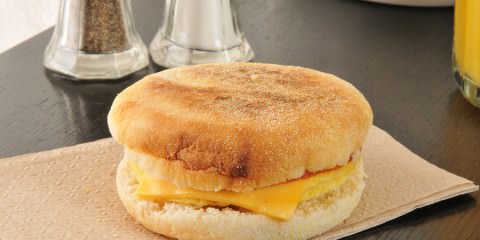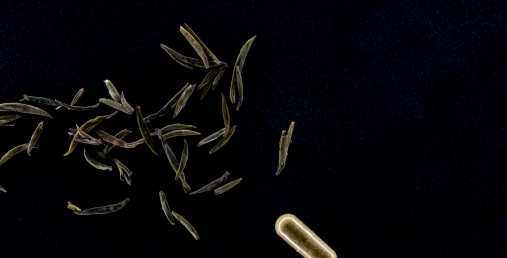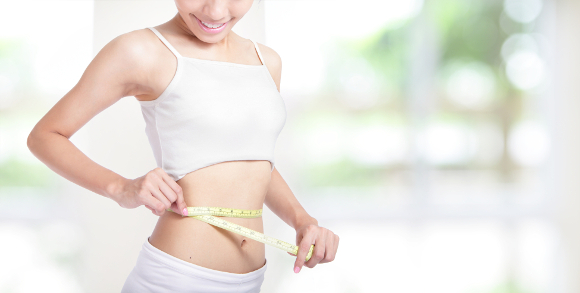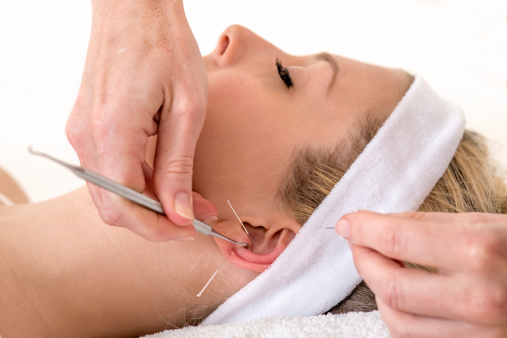Summer Secret to Fat Loss

Here’s something to remember as we get into summer with Independence Day, picnics, ice cream and other summer indulgences. This is a very important tip for losing weight, but few people seem to know about it . . .
You can cut calories and still gain weight. You can work out until you pass out and still have that spare tire belly.
The truth is: we don’t get fat because we eat too much. And it’s not because we are lazy . . .
Staying slim boils down to this: Hormones make you fat.
But today I’m going to show you how to deal with fat and hormones using a few tricks on eating to lose weight. There are also some powerful nutritional supplements to balance hormones and help with fat loss. I use these natural health products at my Wellness Center in South Florida, which helps control hormonal fat storage.
Case in point: the hormone insulin is your number one fat builder. It tells your body to pack on the pounds.
You produce a storm of insulin when you eat foods high on the Glycemic Index. As a general rule of thumb, carbs are the foods highest on the GI.
It surprises my patients when I tell them what the highest GI food is that my wellness clinic has ever tested.
Care to guess?
It’s corn bread - a traditional favorite among Americans. Every time you take a bite of corn bread, insulin pours into your blood and tells your body to store the calories as fat.
High blood sugar levels require insulin to process it. Eventually, your body gets tired and stops responding, which is called insulin resistance.
Blood sugar that your body cannot (or will not) process gets stored as fat. This is why foods with excess carbohydrates cause weight gain.
I take this a step further with my patients. The idea is to eat foods that do not spike your blood sugar and to also let your blood sugar come back down after eating. You don’t want your insulin to stay elevated for too long.
This means eating foods with a low Glycemic Load (GL).
The GL is simply a number you get when you multiply a food’s Glycemic Index (GI) rating by the total amount of carbohydrate in each serving you eat.
That makes it much more practical for everyday life because the GL identifies how fattening a food is. It’s a fresh way to look at everyday foods. Some GL ratings may surprise you – especially foods like watermelon … high GI, but low GL.
I consider foods with a Glycemic Load under 10 the best choice. They are a green light. Foods that fall between 10 and 20 on the GL scale are more like a yellow light (not bad, but proceed with caution).
Foods above 20 are a red light. They will not only make you gain weight but will also prevent you from dropping weight. Foods above 20 should be eaten sparingly. Replacing these foods with protein is a better alternative. Protein has a GL of zero. For my complete Glycemic Load Chart, click here.
1) Banaba leaf tea is something they traditionally brew in Bali to help regulate blood sugar naturally.
Medical scientists believe that the banaba leaf’s beneficial effects on blood sugar are due to its high concentration of corosolic acid. It mimics insulin by moving sugar out of the bloodstream and into your cells.
Numerous scientific studies have proven the banaba leaf’s effectiveness. It lowers blood sugar with no side effects.1 50 mg of banaba leaf extract with 1-2 percent corosolic acid will help control your blood sugar.
2) L-carnitine can significantly improve insulin sensitivity in individuals with type 2 diabetes.
The body is not able to make enough L-Carnitine on its own from simply eating meat. Therefore, I recommend using one gram per day of a L-Carnitine supplement in a liquid form. A liquid is more absorbable than a L-Carnitine powder or capsule. Whichever source of L-Carnitine you select; be sure the supplement uses naturally occurring l-carnitine.
3) Chromium is another important mineral to help control insulin sensivity.
Without enough chromium in the body, insulin just doesn’t work properly.
Chromium is in many foods including brewer’s yeast, meats, potato skins, cheeses, molasses, and fresh fruits and vegetables.
Despite the wide availability of chromium from food sources, research shows that 90% of American adults have a chromium-deficient diet.
But you can’t take just any form of chromium as a supplement. Some types of chromium may actually do more harm than good and research shows that it needs to include niacin to be effective.
Look for chromium polynicotinate or niacin-bound chromium, which are both safe and effective as a dietary supplement. Take 400 mcg a day.
Learn more about ways to lose weight and control blood sugar naturally by subscribing to my free newsletter “Doctor’s House Call” or by ordering a copy of my book, High Speed Fat Loss in 7 Easy Steps.
1. Ikeda, Y. “The clinical study on water extract of leaves of Langerstroemia Specious L. for mild cases of diabetes mellitus,” 1998 (unpublished)
-
Top Weight Loss Tricks - Weight Loss Secrets
If youve been wondering about how to lose the extra pounds that have g
-
Gastric Bypass Friendly Eating Cantaloupe And Melons
Many gastric bypass patients report melon to be one of the easiest of
-
The Naked Truth About Weight Loss
Have you noticed that almost all weight loss methods fail miserably? M
-
Should You Try Raspberry Ketones?
Raspberry ketones seem to be the latest weight loss won
-
How to Keep a Food Journal
A food journal is an excellent way to keep track of everything that yo
-
Losing Weight for Your Joints
Eating healthy in todays society seems t
- DON'T MISS
- 90 Day Workouts
- Bland Diet for Weight Loss
- 30 Minutes To Your Most Amazing Body Yet
- NutriSystem Food And Why You Should Try It
- Weight Loss Exercise That Anyone Can Do To Help You Lose Weight
- Simple Tips to Healthy Eating
- So, You Want To Lose Weight Without A Feeling Of Being Deprived Of Your Appetite?
- Vegetarian Diet plan – These are the guidelines for healthy vegetarian diets – Weight-loss
- Chocolate Peanut Butter No-Bake Protein Bars
- Proactol Supplement For Weight Loss




